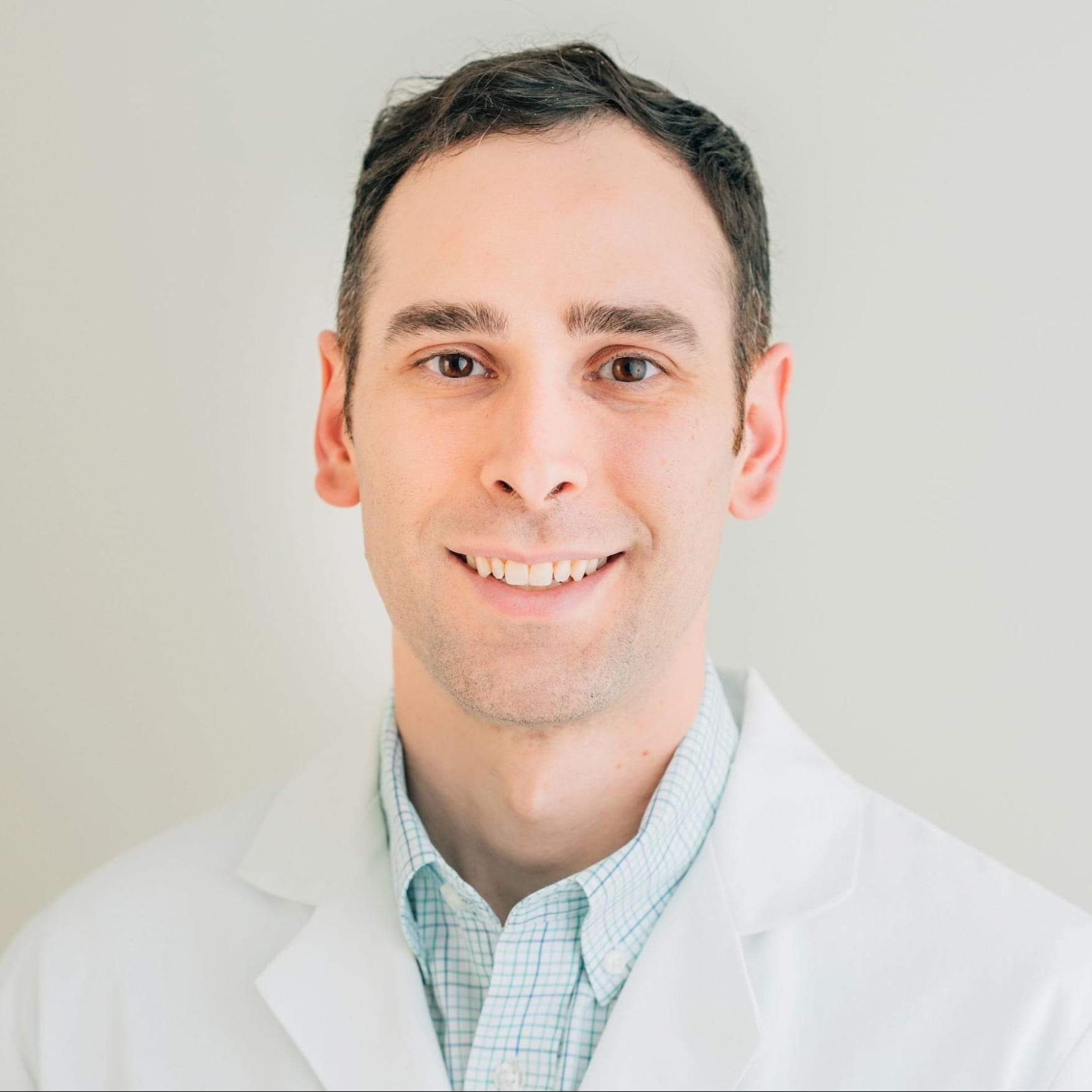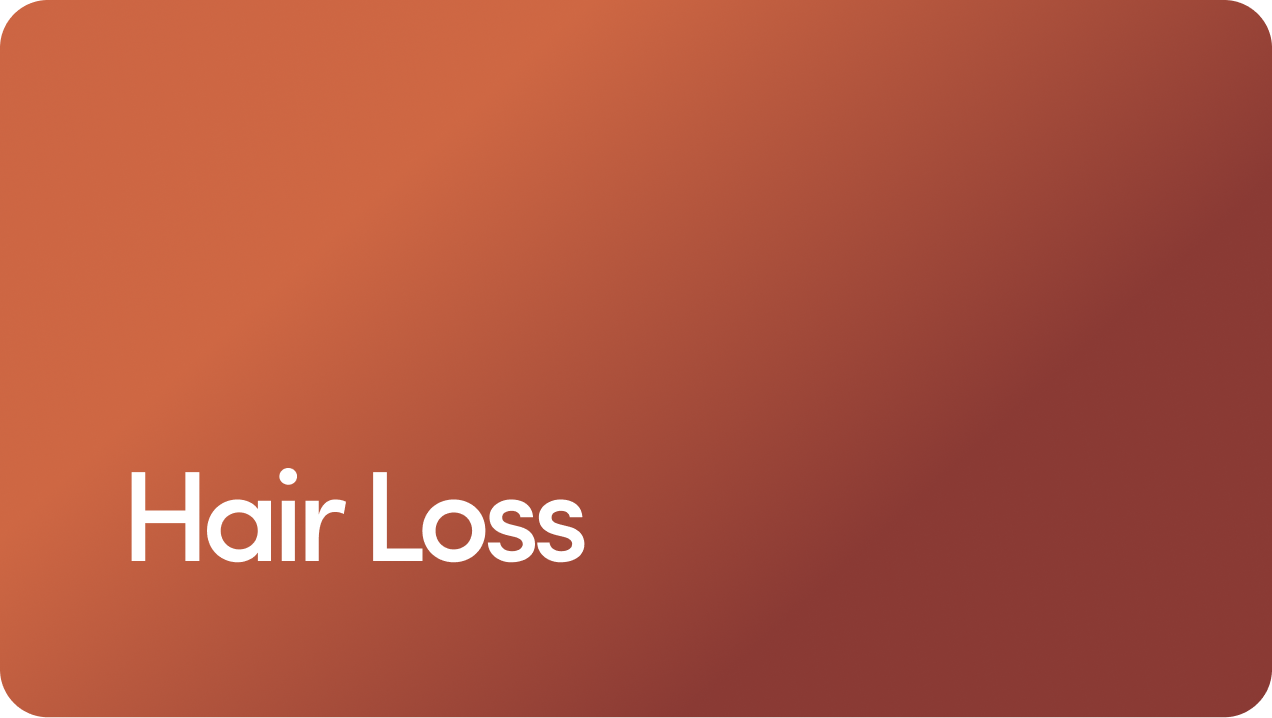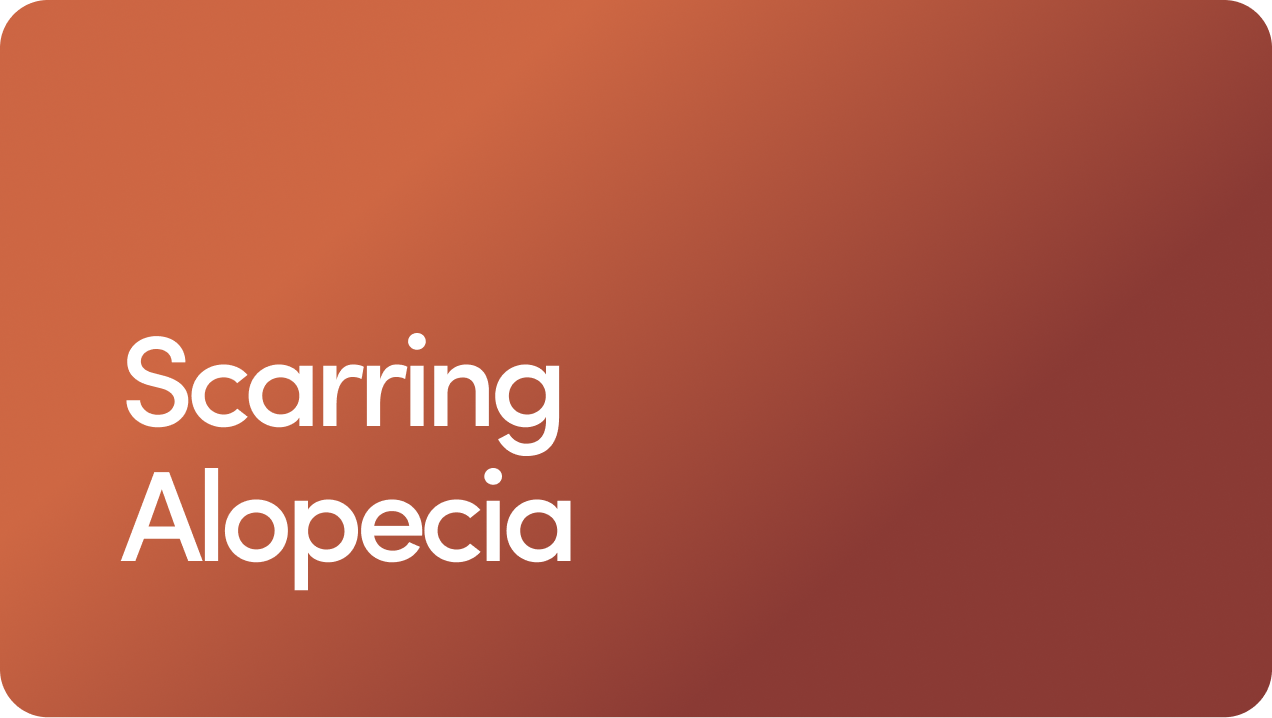Content
FDA approved for more than 25 years
The 10 Best Herbs For Hair Growth

When you start researching hair loss or hair thinning, you’ll find everything from prescription pills, topical treatments, and plant-based ingredients, all of which claim to help. You may be wondering what the science says about herbs for alopecia (an umbrella term for hair loss). What are the best herbs for hair growth? And can herbal remedies really help with male pattern baldness?
We’ll dive into what research says about 10 herbs for hair growth, plus other plant-based treatments that may help.
Content
Do Herbs Help With Hair Loss?
It would be easy to think that taking herbs for hair loss is just a myth — it sounds too good to be true.
And while it’s true that you’re not going to pop a few herbs and see massive changes in your hair, especially if you’ve been experiencing male pattern baldness for a long time, it turns out some herbs marketed for hair loss aren’t just snake oil in a nice supplement bottle — there’s (some) science there.
A recent review of research suggests that certain plant extracts (a more concentrated form of herbs) may help prolong the anagen phase of the hair growth cycle while also reducing oxidative stress, inflammation, cell aging, and hormone-related damage, all of which can contribute to hair loss.
However, more studies on humans are needed, and until then, it’s hard to know to what extent herbs can help with healthy hair growth.
What Causes Hair Loss?
Male pattern baldness is the most common type of hair loss in men, affecting as many as 50 percent of men by age 50. It’s caused by a combination of factors, including age, genes, and a sensitivity to the male hormone dihydrotestosterone (DHT).
DHT is a byproduct of testosterone, which means the body turns testosterone into DHT. DHT has an important role at certain times in your life (during fetal development, it creates male genitalia, and in puberty, it's responsible for male characteristics like facial features and a deeper voice). Still, later, it can bind to receptors in the hair follicles, causing them to miniaturize. That means they shrink in diameter, eventually leading to hair loss.
You’ll notice that a few of the herbs on this list are thought to inhibit the conversion of testosterone to DHT, which is how prescription hair loss medications, like finasteride work.
Male pattern baldness isn’t the only type of hair loss, however. You could also be experiencing telogen effluvium (that’s hair loss a few months after illness, injury, or a stressful event), certain autoimmune disorders like alopecia areata, or traction alopecia (hair loss typically caused by tight hairstyles that pull at the root).
Consider this a cliff-notes, but you can learn much more about hair loss and its causes in our guide to the causes of thinning hair.
The Best Herbs For Hair Growth
We’ll start with the so-so news: while some herbs potentially aid hair loss, they won’t compete with known hair loss treatment options like finasteride and minoxidil.
Instead, herbs for hair growth tend to work best when paired with other treatment options.
Below, we’ll get into what the science says about the best herbs for hair loss. Spoiler — while more research is needed, some herbs show promise in slowing hair loss.
1. Lavender
Some research indicates that lavender oil used topically may potentially help with hair growth.
A 2016 study found that mice treated with 3 and 5% lavender oil saw an increase in the number of hair follicles and a large hair follicle depth (deeper hair follicles may lead to less hair loss). However, the group treated with minoxidil (the active ingredient in Rogaine and its generic counterpart) saw the most pronounced growth.
2. Peppermint
Peppermint isn’t just for fresh breath. A 2014 study found that 3% peppermint oil applied to the scalp seemed to jumpstart the anagen, or growth, phase of the hair growth cycle. It also seemed to encourage growth by facilitating blood flow to the hair follicle.
But before you douse your scalp in peppermint oil, know that this study was done on mice and has not been replicated in humans.
3. Rosemary
Rosemary is sometimes found in shampoo and other hair care products. It’s known for its antifungal, antioxidant, and antibacterial properties, but that doesn’t necessarily transfer to hair growth (though a healthy scalp is the foundation of healthy hair).
One study found that rosemary oil seemed to produce a similar increase in hair count when compared to minoxidil after three and six months of use. It also was slightly better tolerated (specifically, less itching was reported in the rosemary group).
Rosemary oil is also thought to partially inhibit the conversion of testosterone to DHT (so it’s a 5α-reductase inhibitor). This can help manage hair loss associated with male pattern baldness.
You can learn more about how rosemary oil compares to minoxidil (the active ingredient in Rogaine®).
4. Aloe
Aloe vera gel could theoretically help with hair growth, but there’s not enough evidence to prove that it definitively does. One study examined the effects of aloe ferox gel, oregano oil, and finasteride (a medication approved by the U.S. Food & Drug Administration for treating male pattern baldness) and found that the combo helped treat alopecia. However, that’s probably most likely because of the finasteride.
However, aloe is known to have antibacterial properties that could help manage certain skin conditions like seborrheic dermatitis.
5. Horsetail
Horsetail is sometimes thought to support hair growth because of its high silica content. One 2016 review found that silicon — especially a form of silica called orthosilicic acid — may improve collagen production in the skin, reduce hair fall, and strengthen nails.
However, scientific evidence directly linking horsetail to significant hair growth improvement is limited.
6. Red Clover
Red clover is rich in isoflavones (compounds structurally related to estrogen). These can help prevent the conversion of testosterone to DHT. Some older research suggests that isoflavones promote insulin-like growth factor-I production in mice and humans with alopecia.
A small study (on just 30 men treated with 5% red clover extract applied to the scalp for 4 months) found a 13 percent increase in the anagen phase of the hair growth cycle (where hair actively grows) and a 29 percent decrease in the telogen (resting phase) compared with the placebo group. This is a promising find, but more research is needed.
7. Stinging Nettle
Stinging nettle has antibacterial and anti-inflammatory properties that make it useful for hair health, but there’s not much evidence linking it specifically to hair growth.
One study that looked at enlarged prostates found that nettle root extract blocked 5α 5–reductase enzyme activity and prevented the conversion of testosterone to DHT, which could theoretically help with male pattern baldness, though that’s now what the study looked at.
It’s found in certain shampoos and hair care products, but note that you should not experiment with using the actual plant on your skin, as it stings (hence the name).
8. Hibiscus
Hibiscus is a flowering plant that is considered an herb. Some animal studies show that ethanol extracts in the hibiscus plant (used at a 10% formulation) can increase hair growth, but more research is needed on humans.
9. Tea Tree Oil
Research suggests that tea tree oil may help reduce seborrheic dermatitis, a type of eczema associated with dandruff. It’s often touted for its anti-fungal and antibacterial properties, but there’s just not enough evidence to support that these properties enhance hair growth. However, it’s not going to detract from your hair health either.
10. Sage
Sage is often used in cooking as a flavoring agent, but some research suggests it may also help with hair growth. A 2020 study found that sage has the ability to activate human dermal papilla cells (hDPCs) which are cells at the base of the hair follicles. This study was done on mice and more research is needed on humans.
One thing to keep in mind is that natural doesn’t always mean safer. Some people have contact reactions to essential oils (you should always dilute them in a carrier oil, like olive oil, before applying them to your body). This helps to reduce the potential for side effects, like contact irritation or redness.
Beyond herbs, there are other botanical ingredients that may help support hair growth. We’ll dive into these below.
Saw Palmetto
Saw palmetto is a plant extract derived from the berries of the Serenoa repens tree. It’s commonly used as a natural remedy for hair loss (and it’s found in our tk).
Saw palmetto can partially block DHT from getting into the hair follicles, which is also how the prescription medication finasteride works. In a 2012 study involving 100 men with mild to moderate androgenetic alopecia, 38 percent of those treated with saw palmetto experienced increased hair growth, compared to 68 percent of participants who saw improvements with finasteride.
Pumpkin Seed Oil
Pumpkin seed oil is another natural ingredient that’s thought to act as a 5-alpha-reductase inhibitor (to recap, that means it slows or stops the conversion of testosterone to DHT).
One 2014 study had 76 men with androgenetic alopecia use either 400mg of pumpkin seed oil per day or a placebo for 24 weeks. At the end of the study, the group using pumpkin seed oil had a 40 percent increase in average hair count. The placebo group had an increase of 10 percent.
Learn more in our guide to pumpkin seed oil for hair growth.
Onion Juice
Quercetin, a flavonoid found in onions, is believed to boost blood circulation, which is essential for maintaining a healthy scalp. Interestingly, one of the most widely used hair loss treatments, minoxidil, is also thought to work by dilating blood vessels and increasing blood flow to the scalp.
However, onion juice does not have any effect on DHT levels, so it’s unlikely to have much of an effect at slowing male pattern baldness.
You can learn more about onion juice and hair growth in our guide.
Other Hair Growth Tips
Aside from trying herbs and using hair loss treatments, there are some lifestyle tweak you can make to help with hair growth.
Quit smoking. Smoking is not good for your hair, and can contribute to oxidative stress and inflamation. Quitting smoking can help improve your overall hair health.
Limit the use of hot tools. No your blow dryer doesn’t cause balding, but regularly using styling tools that are too hot can lead to brittle hair that’s more prone to breakage.
Try a silk pillowcase. Wrapping your hair at night or sleeping or a silk or satin pillowcase can reduce friction that causes breakage — hair that breaks off at the ends won’t appear to be growing.
Use a conditioner. Conditioner keeps hair hydrated and flexible and gives it strength so it’s less likely to break.
Use a nutrient-rich diet. Nutritional deficiencies can lead to hair loss, so try to eat a varied diet rich in fruits and vegetables.
Herbs For Hair Growth: Final Word
Wondering if herbs or herbal supplements for hair growth really do anything? Here’s what to remember:
While certain herbs, such as saw palmetto, rosemary, and red clover, show potential for promoting hair growth, the scientific evidence is still limited, and more research is needed to confirm their effectiveness in treating male pattern baldness.
Herbs may work best as part of a broader hair care routine alongside other proven treatments like minoxidil or finasteride which are approved by the U.S. Food & Drug Administration for treating male pattern baldness.
Natural remedies like herbs can offer additional benefits for scalp health and hair strength, but it’s important to consult a healthcare professional before starting any new treatment.
To learn more, check out our guide to the best oils for hair growth or herbal remedies, like ashwagandha and hair loss. And if you’re interested in learning more about treatment options for hair loss (beyond herbs), start an online consultation for hair loss to connect you with a healthcare provider who can help find the right hair treatment for you.
16 Sources
- Aghababaei F, et al. (2023). Recent advances in potential health benefits of quercetin. https://www.ncbi.nlm.nih.gov/pmc/articles/PMC10384403/
- Asfour L, et al. (Updated 2023). Male androgenetic alopecia. https://www.ncbi.nlm.nih.gov/books/NBK278957/
- Cho YH, et al. (2014). Effect of pumpkin seed oil on hair growth in men with androgenetic alopecia: A randomized, double-blind, placebo-controlled trial. https://onlinelibrary.wiley.com/doi/10.1155/2014/549721
- Choi JC, et al. (2024). Can plant extracts help prevent hair loss or promote hair growth? A review comparing their therapeutic efficacies, phytochemical components, and modulatory targets. https://pubmed.ncbi.nlm.nih.gov/38792149/
- Harada N, et al. (2007). Administration of capsaicin and isoflavone promotes hair growth by increasing insulin-like growth factor-I production in mice and in humans with alopecia. https://pubmed.ncbi.nlm.nih.gov/17569567/
- Hosny KM, et al. (2021). Preparation and optimization of aloe ferox gel loaded with Finasteride-Oregano oil nanocubosomes for treatment of alopecia. https://www.tandfonline.com/doi/full/10.1080/10717544.2022.2026534
- Jin GR, et al. (2019). Hair growth potential of Salvia plebeia extract and its associated mechanisms. https://www.tandfonline.com/doi/full/10.1080/13880209.2020.1759654#abstract
- Lee BH, et al. (2016). Hair growth-promoting effects of lavender oil in C57BL/6 mice. https://www.ncbi.nlm.nih.gov/pmc/articles/PMC4843973/
- Loing E, et al. (2013). A new strategy to modulate alopecia using a combination of two specific and unique ingredients. https://pubmed.ncbi.nlm.nih.gov/23449130/
- Moradi HR, et al. (2015)The histological and histometrical effects of Urtica dioica extract on rat’s prostate hyperplasia. https://www.ncbi.nlm.nih.gov/pmc/articles/PMC4405682/
- Oh JY, et al. (2014). Peppermint oil promotes hair growth without toxic signs. https://www.ncbi.nlm.nih.gov/pmc/articles/PMC4289931/
- Putra IM, et al. (2020). The potency of hibiscus rosa-sinensis linn. leaves ethanol extract as hair growth. https://oamjms.eu/index.php/mjms/article/view/4211
- Panahi Y, et al. (2015). Rosemary oil vs minoxidil 2% for the treatment of androgenetic alopecia: a randomized comparative trial. https://pubmed.ncbi.nlm.nih.gov/25842469/
- Rossi A, et al. (2012). Comparative effectiveness of finasteride vs serenoa repens in male androgenetic alopecia: A two-year study. https://journals.sagepub.com/doi/pdf/10.1177/039463201202500435
- Satchell AC, et al. (2002). Treatment of dandruff with 5% tea tree oil shampoo. https://pubmed.ncbi.nlm.nih.gov/12451368/
- Use of silicon for skin and hair care: an approach of chemical forms available and efficacy. (2016). https://www.scielo.br/j/abd/a/kstGNsJcvxShLntBMD4L8Wm/
Editorial Standards
Hims & Hers has strict sourcing guidelines to ensure our content is accurate and current. We rely on peer-reviewed studies, academic research institutions, and medical associations. We strive to use primary sources and refrain from using tertiary references. See a mistake? Let us know at [email protected]!
This article is for informational purposes only and does not constitute medical advice. The information contained herein is not a substitute for and should never be relied upon for professional medical advice. Always talk to your doctor about the risks and benefits of any treatment. Learn more about our editorial standards here.
Knox Beasley, MD
Education
Bachelor of Science, Life Sciences. United States Military Academy.
Doctor of Medicine. Tulane University School of Medicine
Training
Dermatology Residency. San Antonio Uniformed Services Health Education Consortium
Certifications
Board Certified. American Board of Dermatology
Medical Licenses
Dr. Beasley is licensed in all 50 states
Affiliations & Memberships
Fellow, American Academy of Dermatology
Specialties & Areas of Focus
Hair Loss, Dermatology
Years of Experience
10 years of clinical practice as a Dermatologist
Previous Work Experience
Medical Director - YouHealth Medical Groups, 2025–
Private practice, 2024–
Chief of Dermatology - , 2015–2019
Publications
Wilson, L. M., Beasley, K. J., Sorrells, T. C., & Johnson, V. V. (2017). Congenital neurocristic cutaneous hamartoma with poliosis: A case report. Journal of cutaneous pathology, 44(11), 974–977.
Banta, J., Beasley, K., Kobayashi, T., & Rohena, L. (2016). Encephalocraniocutaneous lipomatosis (Haberland syndrome): A mild case with bilateral cutaneous and ocular involvement. JAAD case reports, 2(2), 150–152.
Patterson, A. T., Beasley, K. J., & Kobayashi, T. T. (2016). Fibroelastolytic papulosis: histopathologic confirmation of disease spectrum variants in a single case. Journal of cutaneous pathology, 43(2), 142–147.
Beasley, K., Panach, K., & Dominguez, A. R. (2016). Disseminated Candida tropicalis presenting with Ecthyma-Gangrenosum-like Lesions. Dermatology online journal, 22(1), 13030/qt7vg4n68j.
Kimes, K., Beasley, K., & Dalton, S. R. (2015). Eruptive milia and comedones during treatment with dovitinib. Dermatology online journal, 21(9), 13030/qt8kw141mb.
Miladi, A., Thomas, B. C., Beasley, K., & Meyerle, J. (2015). Angioimmunoblastic t-cell lymphoma presenting as purpura fulminans. Cutis, 95(2), 113–115.
Beasley K, Dai JM, Brown P, Lenz B, Hivnor CM. (2013). Ablative Fractional Versus Nonablative Fractional Lasers – Where Are We and How Do We Compare Differing Products?. Curr Dermatol Rep, 2, 135–143.
Siami P, Beasley K, Woolen S, Zahn J. (2012). A retrospective study evaluating the efficacy and tolerability of intra-abdominal once-yearly histrelin acetate subcutaneous implant in patients with advanced prostate cancer. UroToday Int J, June 5(3), art 26.
Siami P, Beasley K. (2012). Dutasteride with As-Needed Tamsulosin in Men at Risk of Benign Prostate Hypertrophy Progression. UroToday Int J, Feb 5(1), art 93. https://www.urotoday.com/volume-5-2012/vol-5-issue-1/48691-dutasteride-with-as-needed-tamsulosin-in-men-at-risk-of-benign-prostatic-hypertrophy-progression.html
Why I Practice Medicine
Dr. Beasley began doing telemedicine while serving in the U.S. Army, providing dermatologic care for soldiers stationed around the world. This experience sparked his passion for telemedicine and inspired his commitment to expanding access to healthcare for patients across the United States.
Hobbies & Interests
In his free time, Dr. Beasley enjoys cooking, reading, and trips to the beach with his wife and two kids (with sunscreen of course).
Related Articles
Related Conditions
 Hair Loss
Hair Loss
 Male Pattern Baldness
Male Pattern Baldness
 Dandruff
Dandruff
 Scarring Alopecia
Scarring Alopecia
 Seborrheic Dermatitis
Seborrheic Dermatitis
